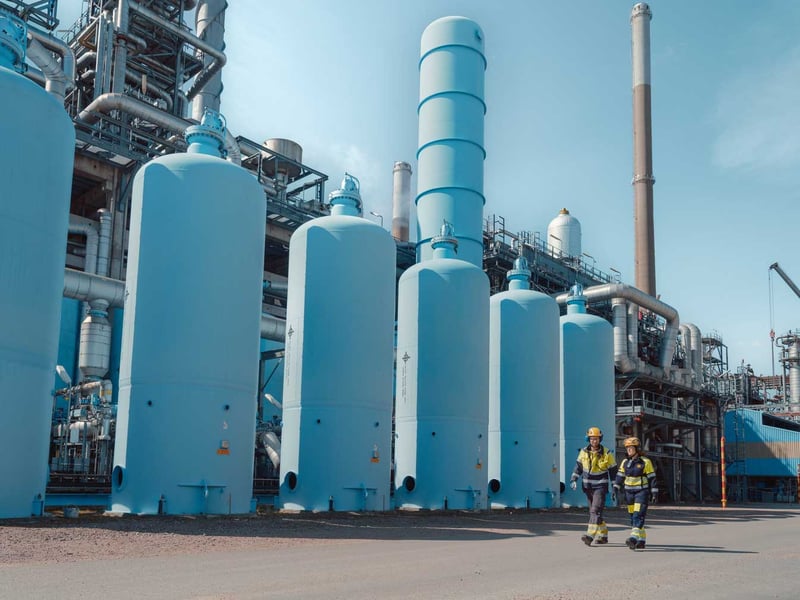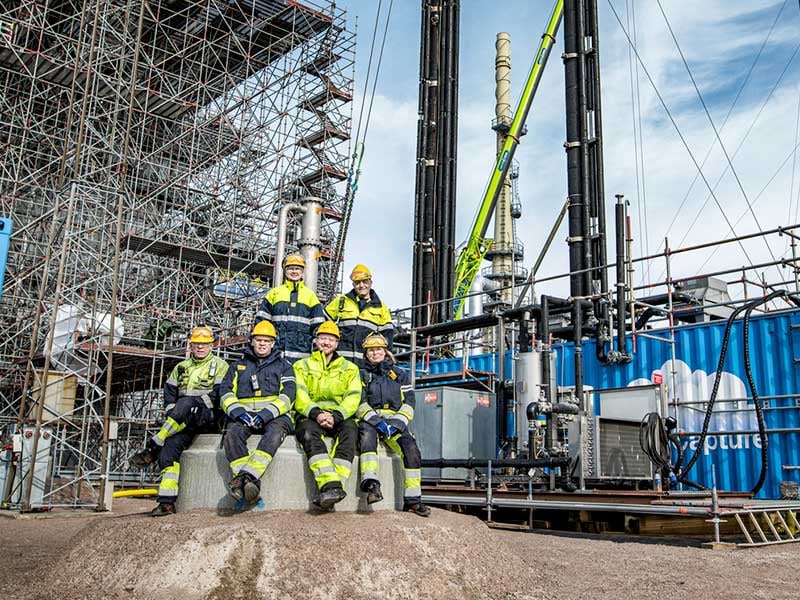Preem supports the Paris Agreement and wants to limit global warming in line with science. Therefore, we are reducing emissions throughout our entire value chain: from extraction of raw materials to production, distribution and use of the products.
Preem's goal is to demonstrate a climate-neutral value chain by 2035, which means 90 percent lower emissions compared to the base year 2018*. "The remaining emissions that cannot be reduced or eliminated will be offset. To reach the goals in time, we are also working towards two interim goals to reduce:
(1) direct greenhouse gas emissions by at least 50 percent by 2030 (Scope 1 and 2).
(2) all greenhouse gas emissions throughout the entire value chain by at least 30 percent by 2030 (Scope 1, 2 and 3).
What we mean by Climate Neutrality
Preem's definition of climate neutrality is aligned with the Science Based Targets Net-Zero standard, entailing a reduction of at least 90% of Preem's emissions across the entire value chain from the base year 2018 to the target year 2035.
For the remaining emissions that cannot be reduced or eliminated, offsetting will be achieved through various projects, one example being carbon capture and storage (CCS).



